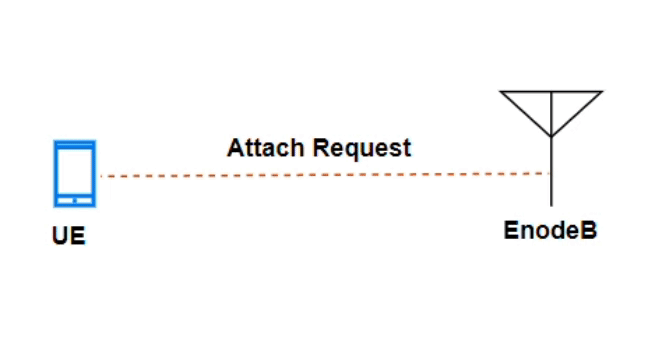📡Telecom Series Post - 4📱
 Kunal Kapoor
Kunal Kapoor
🌐Exploring the Anatomy of the attach request of LTE Attach Call Flow📲
Let's delve into one crucial aspect of the LTE attach call flow: the attach request with Information Elements (IEs). In the dynamic landscape of telecommunications, understanding the nuances of this process is key.
The attach request serves as the initial handshake between the UE (User Equipment) and the network, paving the way for seamless connectivity. Information Elements (IEs), as per 3GPP specifications, play a pivotal role in this exchange, ensuring essential information is transmitted accurately.
From the IMSI (International Mobile Subscriber Identity) to the UE's capabilities, each IE carries vital data, facilitating efficient network registration. Here's a breakdown of some key IEs included in a 4G LTE attach request, in line with 3GPP standards:
✅IMSI (International Mobile Subscriber Identity)
✅EPS (Evolved Packet System) Mobile Identity
✅ESM (EPS Session Management) Message Container
✅NAS (Non-Access Stratum) Security Parameters
✅TAI (Tracking Area Identity) List
✅EPS Bearer Context Status
✅UE Network Capability
✅Additional Update Type
✅PDN (Packet Data Network) Type
✅PDN Address Allocation
✅ESM Cause
✅MS Network Capability
Mastering the attach call flow isn't just about technical prowess; it's about enhancing network reliability and user experience. By comprehending the intricacies of these mandatory IEs, telecom professionals can optimize network performance and elevate customer satisfaction.
Let's continue unraveling the mysteries of modern telecom together, empowering ourselves with knowledge to shape the future of connectivity.

Subscribe to my newsletter
Read articles from Kunal Kapoor directly inside your inbox. Subscribe to the newsletter, and don't miss out.
Written by
